



Full description not available

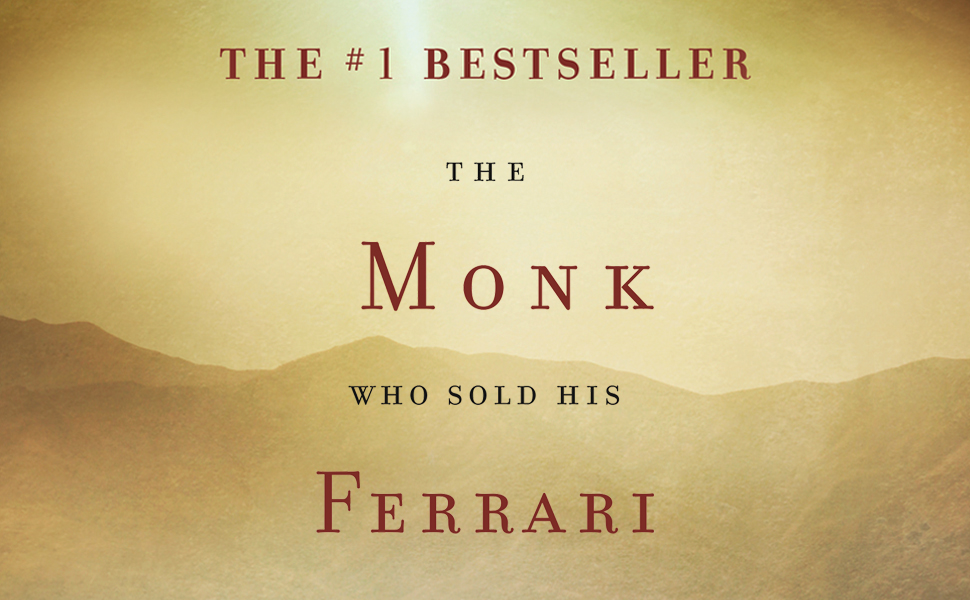

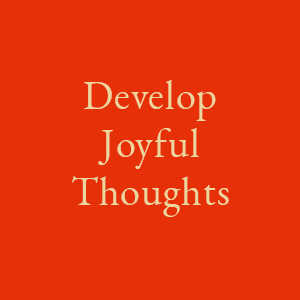

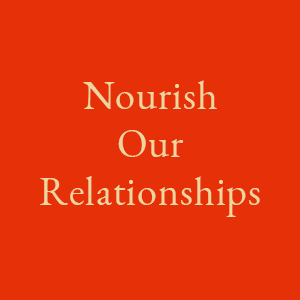
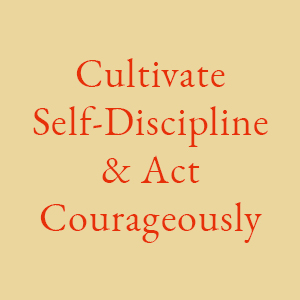
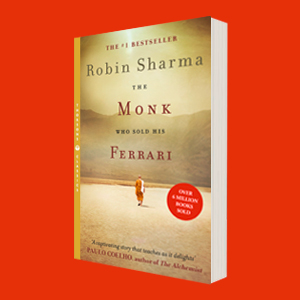

D**S
I encourage you strongly to take some time out of your day and pick up this book!!!
BOOK REVIEW:The Monk Who Sold his Ferrariby Robin SharmaAlmost fifteen years ago, my good friend Dr. Arnaldo recommended a book by Robin Sharma. He told me the story, written as a fable, was a fun, quick read. He said it was thought provoking and inspirational. And what really convinced me to pick up my own copy of The Monk Who Sold his Ferrari is that Dr. Arnaldo told me that the book changed the way he approached life.More than a decade later, I’ve just finished reading Sharma’s fable for a second time and my friend’s recommendation rings as salient as it did back then. We so often ignore the messages around us, but thankfully I paid attention to what Dr. Arnaldo had to say about this book, and I took his advice in reading it.Paulo Coelho, one of my favorite authors, wrote about this book: “A captivating story that teaches as it delights.¨ High praise from one of the world’s great literary figures, and well-deserved praise, I believe.The plot begins with a successful attorney, Julian Mantle, as he journeys on a search for meaning after suffering a heart attack in the courtroom. Mantle sells his Ferrari and discovers a group of sages in the Himalayas. These sages, the Sages of Sivana, especially the Yogi Raman, adopt Julian as a student and entrust him with wisdom, which they insist he should pass on to others when he returns home. Julian’s experience with the Yogis revives a long-lost sense of purpose in him, and he finds himself reinvigorated after his time in the mountains. When he returns home he shares his wisdom, as the Sages had instructed, with his new protégé, John. This relationship develops into the main dialogue of the story.The morality of the book, as exposed in this conversation between Julian and John, is rooted in the Seven Virtues of Enlightened Life. Julian reveals each of these one by one to his protégé. Overall, the gestalt of the message is that “The purpose of life is a life of purpose.” Sharma privileges moderation, simplicity, positivity and goal-setting. Through Julian, he proposes simple suggestions for personal improvement. Julian urges self-awareness, happiness over success, ritual and meditation. He emphasizes the power of passion and the potential of the mind to attract health and happiness.In the book, Julian also introduces the notion of “blueprinting.” By drafting blueprints in our inner worlds, he explains, we create opportunities in the outer world. This is one of the driving metaphors of the fable, and it’s become of one of the driving metaphors of my life.Sharma writes, “Understand once and for all that your mind has the magnetic power to attract all that you desire into your life. If there is lack in your life it is because there is lack in your thoughts.” This idea is earth-shattering if you accept it.The novel is a love story to human potential. It flirts with the mystic in search of practical approaches to living. It challenges our notions of reality by exploring themes we often ignore in the hustle and bustle of our daily lives.I encourage you strongly to take some time out of your day and pick up this book. You don’t have to sell your Ferrari and move to the Himalayas to reap the rewards of the main character’s words. It’s a fable the truest sense of that genre—entertaining and didactic. You’ll learn and you’ll enjoy learning.With December upon us, the urge to make resolutions is strong. But resolutions are fleeting. This book explores real mission-building. Blueprinting, as Sharma puts it, is about more than the traditional external goal. It’s about a mindset. It’s about finding purpose within and channeling that purpose to achieve happiness out in the world. That message is especially important as awe all prepare for the new year.Fifteen years later, I’m so glad Dr. Arnaldo first recommended this book, so now I’m recommending it to all of you. This was a message in my life and I hope it can be one in yours.Last December, I met Robin Sharma. I took a chance and signed up for his Titan's Conference in Toronto. I didn't know what to expect, but I ended up getting so much out of the event. I’m excited to attend that conference again this year, and I’m looking forward to seeing Robin there. Maybe I’ll be able to share some added insights with you when I get back!
G**I
Great and inspiring story!
Loved this inspiring and thought provoking story. Have given it as gifts over the years and reread it 3 times. Great read!
J**L
good book
I highly recommand this book ....There is no way to describe in words how great this book is , full of knowledge and life lessons that we all should apply in real life , is probably the best book ' Nothing less than brilliant and inspiring'
P**K
Short on story & long on instruction, but easy, rewarding read
In "The Monk Who Sold His Ferrari," Robin S. Sharma clothes sound advice for spiritual and personal growth in a thin mantle of fiction that delivers much instruction but minimal entertainment. However, Sharma's fictional approach makes for an easy read and good retention of his key principles.Spiritual/metaphysical content: The narrator spends one revelation-filled night with Julian Mantle learning the fundamentals of spiritual growth. Julian imparts everything he has learned from his time with the Sivana monks, cramming a lifetime of wisdom into their short time together. Sharma structures the lessons into seven chapters based on a short fable full of symbols. Each symbol represents a key idea from the Seven Basic Principles for Enlightened Living. Each chapter ends with an action page that summarizes the symbol, what you need to remember, and techniques to try, such as the Ten Rituals for Radiant Living.My take: Sharma calls his book a "fable" in the subtitle, but it is both more and less than that. The fable part takes place in the opening chapters of the book, in which we discover that the hard-driven attorney has moved to India, become a monk, and after three years has returned to pass on his wisdom to his protégé. That's the extent of the story, and character development fares little better. As a work of fiction, the book leaves much to be desired.However, as a collection of easy-to-digest life strategies and pearls of wisdom, the book is quite satisfying. Sharma has organized the book around a short fable about a garden full of symbols (a fable within a fable), which makes it easy to understand and follow his 30-day plan to enlightened living. The give-and-take of dialog between Julian Mantle and his student rescues the story from the tedium of an instructional guide. If your primary goal as a reader is to quickly absorb the core of Sharma's life improvement teaching, then this book is a great place to start.
E**.
A good book full of life lessons
There is no way to describe in words how great this book is , full of knowledge and life lessons that we all should apply in real life , is probably the best book I ever read , and I read it twice actually
N**
Greta read!
Great read! I friend recommended it to me and I’m glad he did!
Trustpilot
2 weeks ago
2 weeks ago